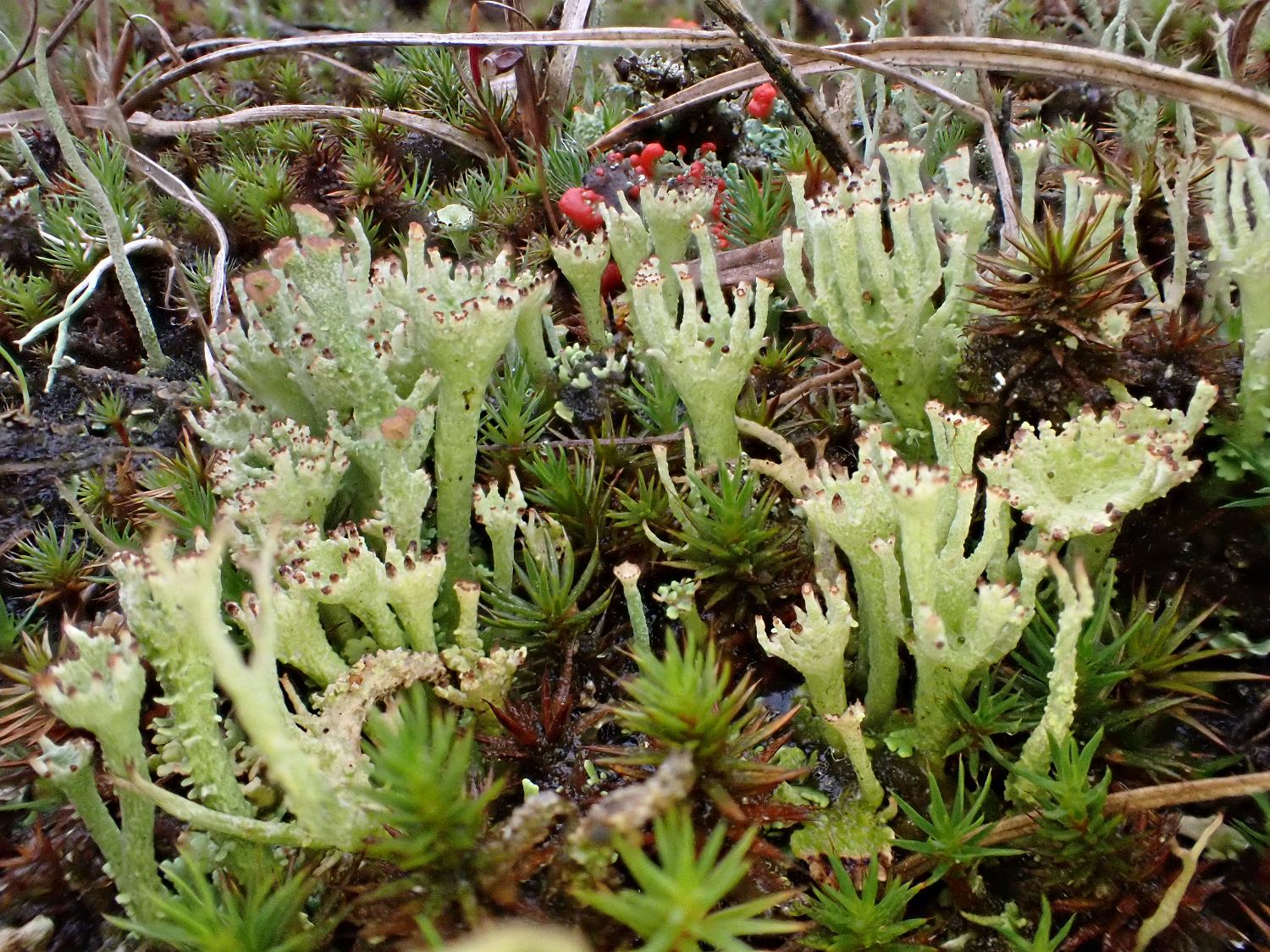
Biology student Sander van Zon: ‘We can still learn so much more about lichens’
Lichens enthusiast Sander van Zon was eager to use his knowledge for his internship. He wrote an excellent thesis on lichens’ biodiversity in the city, of which his first scientific publication will appear soon. With it, he is nominated for the Leiden Science Young Talent Award 2022.
‘Lichens... they are so remarkable,’ says Sander. ‘All those colours and shapes! But they are also real pioneers. Even on bare rock, on which you expect nothing will survive, they grow well. Scientists have even sent a lichen to space without any protection. And when they retrieved it a year and a half later, there was nothing wrong with it. Isn’t that great?’
Amsterdam is full of lichens
'In Amsterdam you can find as many as twenty species per tree.'
He applied his fascination on the internship. ‘I looked at the biodiversity of lichens in the city. I compared differences between different tree species, and also compared the number of lichens with seventy years ago,’ he says. ‘In the 1950s, someone did pretty much the same research. Back then, the state of cities was bad, with often only three species per tree. And while you often hear that you can still barely find lichens in the city, we were able to show the opposite. Sometimes we found as many as twenty species per tree. Especially at a row of trees along a ditch. And even one square metre of grass at the foot of a tree, instead of stone, makes a positive difference.’

Algae and fungi
He did have to pick his own supervisors for the internship before he could get started. ‘Unfortunately, nobody in Leiden studies lichens. But a lichen is a combination of an algae and a fungus, and lives a bit like a moss. That is why fellow student Harold Timans and I approached two scientists at Naturalis: moss expert Michael Stech and fungus researcher Jorinde Nuytink. They were happy to help us.’
A successful scientific career ahead
Stech found it a pleasure to work with Sander. ‘He knows how to talk enthusiastically about lichens, his passion, but is also multi-faceted and interested in other biological topics. His knowledge of lichens is vast. During all facets of the Bachelor internship, Sander showed that he already has a clear idea of what scientific research entails at this stage of his studies. And in addition to his internship, he was already doing high-level taxonomic research on certain lichen species at Naturalis,’ Stech tells. ‘I expect the first scientific publications to come out soon, including the one about the internship research,’ says Stech. ‘This could be the beginning of a successful scientific career. So Sander is definitely a student who deserves the Young Talent Award.’

The function of lichens
A lichen is a symbiosis between an algae and a fungus, and can come in many shapes and colours. But besides having a diverse appearance, they are used in many types of research. Sander used them as bioindicators, as different species grow in areas with a certain humidity, nutrient availability or (lack of) pollution. In addition, lichens grow slowly, which makes them good for dating: how long ago did a stone become exposed? Finally, these organisms also produce an enormous amount of ‘secondary metabolites’: substances that help them survive, and those could also be very interesting for us humans. Not much is known about that at the moment. An opening for future research?
